The concept of a floating city has long been present in science fiction films, but it is about to become a reality in Busan, South Korea, where UN-backed scientists are constructing the world’s first floating city prototype. The project, named OCEANIX, was announced last year, and we now have new design images of this floating city.
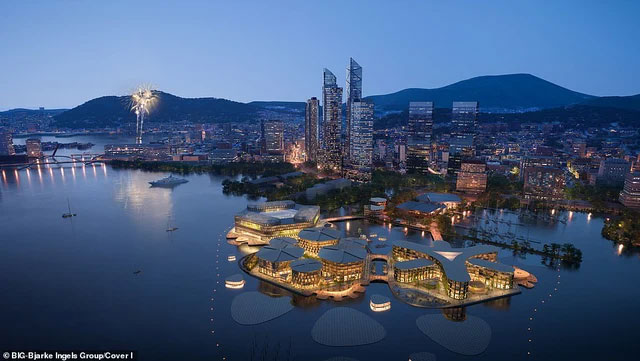
The images show connected floating foundations that will cover a total area of approximately 62,700m2, providing ample space for 12,000 residents.
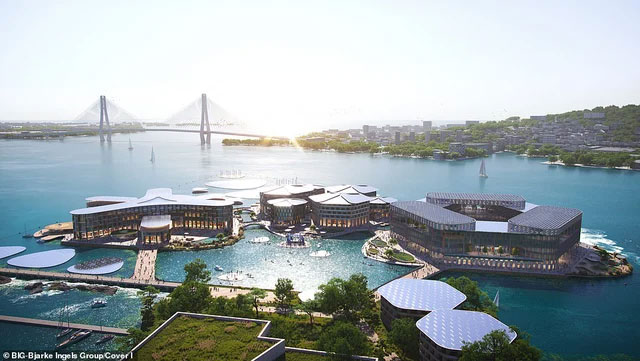
The estimated construction cost of the floating city is 200 million USD and is expected to be completed by 2025.
Philipp Hofmann, CEO of OCEANIX, stated: “We are on track to open OCEANIX Busan and demonstrate that floating infrastructure can create new land for coastal cities seeking sustainable ways to expand their living areas into the ocean while adapting to rising sea levels.”
The project aims to assist coastal residents, communities at risk of being wiped out due to rising sea levels caused by global warming. According to OCEANIX, two out of every five people in the world live within 100 km of the coast, and floods force millions to leave their homes each year.
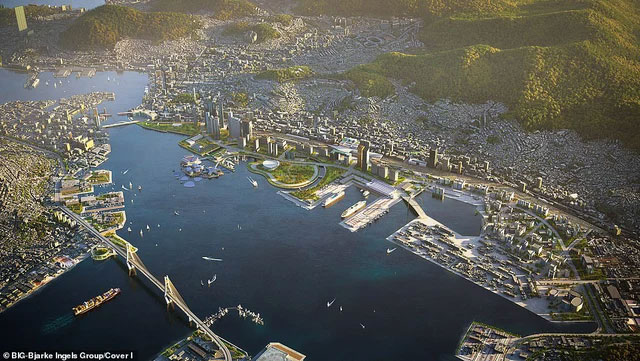
The project helps communities at risk of being wiped out due to rising sea levels.
Bjarke Ingels, founder and creative director of BIG-Bjarke Ingels Group, one of the project’s lead architects, stated: “The OCEANIX floating city will serve as a prototype for other sustainable cities. We believe that OCEANIX’s floating foundations can be developed on a large scale to support future communities in coastal locations that are the most vulnerable to the impacts of climate change.”
The floating city will be situated on a beautiful lagoon, with bridges connecting various locations. The city will be divided into different zones, including residential areas, research facilities, and accommodations. Buildings in the floating city will feature low-rise designs.

The city will be divided into different zones.
According to OCEANIX, all buildings in the city will be constructed below seven stories to create a low profile that is less affected by winds.
Summers in Busan are typically hot and humid, so the roofs will maximize shaded areas inside, providing comfort and reducing cooling costs while making the most of roof space for solar energy collection.
Initially, the city will focus on developing space for 12,000 residents and visitors. However, in the future, the city could expand to accommodate over 100,000 people.
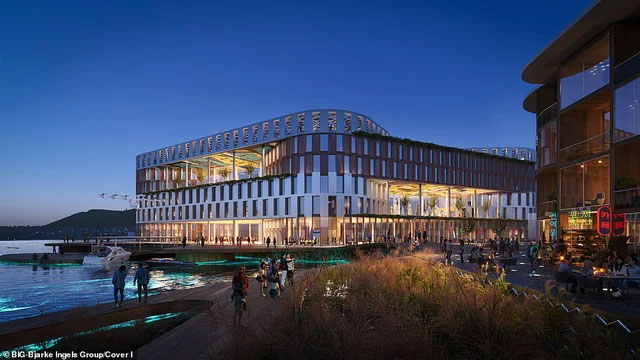
In the future, the city could expand to accommodate over 100,000 people.
Each floating building will have a hexagonal shape and will feature a shell that is two to three times stronger than concrete. The underwater space can be used for aquaculture or kelp farming, while fish waste can be used for fertilizing plants.
OCEANIX stated that residents will need to adopt a “plant-based diet,” which will reduce the demand for space, energy, and water resources.
Each residential area will handle its own water supply and waste, minimizing and recycling resources while providing innovative urban agriculture.
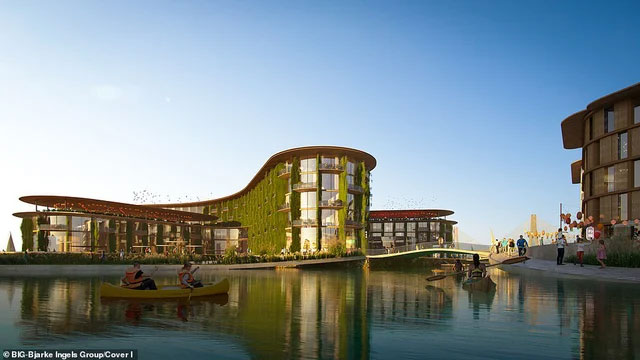
The floating city will be situated on a beautiful lagoon.
The construction of the floating city, estimated at 200 million USD, will begin with a “historic agreement” signed by the city of Busan, UN-Habitat (the United Nations Human Settlements Programme), and the designers of OCEANIX in New York.

All buildings in the city will be constructed below 7 stories.
New design images were released shortly after a report by the European Commission warned that global sea levels are rising by 3mm each year. This ocean status report was conducted by the Copernicus Marine Agency, utilizing a combination of satellites, measurements from various ocean locations worldwide, and computer models.
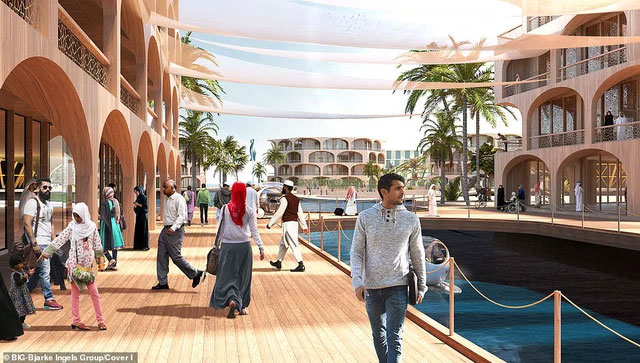
Experts have noted that warming oceans and melting ice on land have caused sea levels to rise by 3mm each year, higher than any point seen in the past century. This is why floating structures are becoming a focal point for future development.

















































